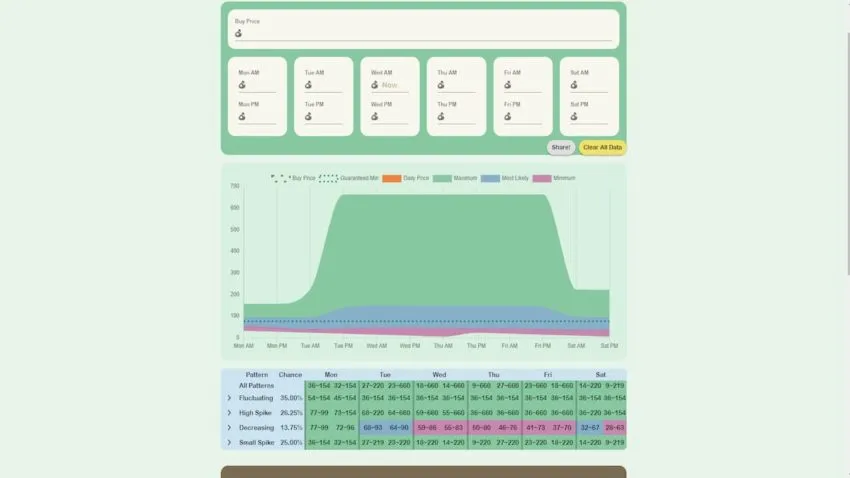Animal Crossing: New Horizons has turned out to be a big sensation in the gaming industry, with the game being one of the top-selling Nintendo games of all time. Nintendo has done a pretty fine job of keeping the player base engaged with regular updates as well.
If you are an avid player of Animal Crossing: New Horizons, you might be well aware of Turnip trading, which offers a really good way to earn Bells. It’s basically a stock market — after you buy Turnips on Sunday, the prices fluctuate throughout the week and you need to sell them at the right moment. If you don’t sell them within a week, they rot and can no longer be sold.
While this might sound quite intimidating, the good news is unlike the stock market, Turnip prices are pre-defined. So you can pretty much predict what prices Turnips will be available for on your island. Thankfully, there is a great tool to assist you in this entire process.
AC-Turnip, a group initiative for all the Animal Crossing: New Horizons lovers out there, is a great tool to predict Turnip prices on your island. This was possible due to the efforts of Ninji, who initially found the entire code that governs turnip prices in the game.

AC-Turnip is pretty self-explanatory. All you need to is enter the relevant data and you will see a nice little graph showing all the pricing trends for the next week. You first have to enter the buying price of Turnips on your island, and that will give you a rough summary of what prices to expect. Do note that you need to enter the prices of Turnips on your island even if you have bought them from another island.
You can also enter the day-wise and time-wise Turnip prices on your island to get an even better prediction of what prices to expect. The more data you enter, the better results you will get. There are a number of metrics shown in the graph, ranging from average price and maximum price to the most likely price. There is also a minimum price, which denotes that the Turnip price won’t fall below that value.
We have used AC-Turnip quite a few times, and it gives surprisingly accurate results. Usually, you should enter the data for the first couple of days or so and then decide when to sell it — unless, of course, there is a too-good-to-be-true price on the first few days.







Published: Dec 1, 2020 12:50 pm